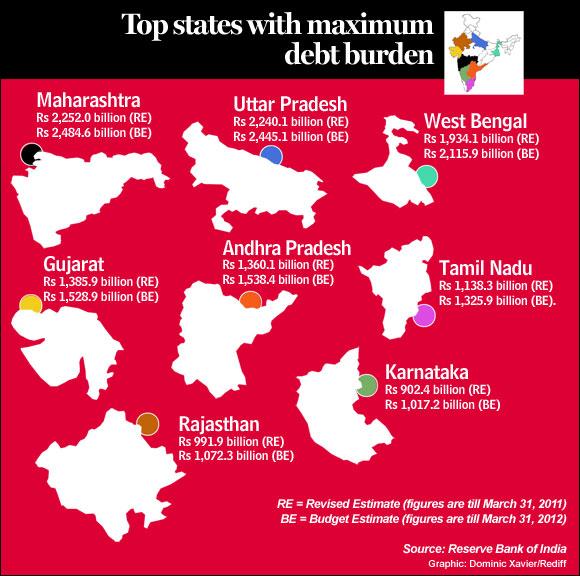A
superb research note from Daron Acemoglu. Well it is amazing to see him churn one paper after the other.
He talks about ten trends which have happened in the last 100 years.
- The rights revolution
- The sweep of technology
- Unrelenting growth
- Uneven growth
- The transformation of work and wages
- The health revolution
- Technology without borders
- Century of war, century of peace
- Counter-Enlightenment in politics
- The population explosion, resources and the environment
Out of the ten, it was rights revolution which was most important. But then all are linked:
The last century has been the age of political rights. Never in our history have so many people taken part in choosing their leaders and having a say in how their societies are governed. To be sure, this unparalleled expansion of civil and political rights remains incomplete. Yet it is profoundly significant, not only due to its transformative impact on the lives of billions, but also because so many other phenomena in recent history are connected to it. The rights revolution is intertwined with diverse trends such as the development of technology; sustained yet uneven economic growth; a general decline in war within recent decades; and a population explosion placing new pressures on our resources and environment.
These trends do not exist independently of one another. Understanding how they interrelate is an important step in any attempt to assess how they will continue. The framework I will use to interpret these trends borrows heavily from my work with James A. Robinson, but also augments it in a number of important respects. At the center of my interpretation is the idea that technological change is at the root of economic growth — but that political institutions shape the nature, pace, and spread of technological change. From ancient Rome to the Industrial Revolution and the dramatic economic transformations of the last century, history is littered with examples showing how the development, spread, and use of technology depend on institutions.
In this, I depart from the conventional wisdom in much of social science, which maintains a causal link running from technologies to institutions — and not the other way around, as I am arguing. A popular variant of this conventional wisdom is modernization theory, which posits an inexorable link from prosperity to democracy and political rights. Yet there is no more support for modernization theory in the data than there is for any other form of technological determinism. Globally, countries that have grown more rapidly since World War II, or since the beginning of the 20th century, are no more likely to become more democratic than those growing more slowly, for example.18 I will instead argue that institutional developments, caused by and causing the rights revolution, are the main drivers of the technological and economic changes we have experienced over the last century.
And now most would know hos the story unfolds. Whether you have inclusive or extractive political instis, you create a framework for all the other ten trends.
He then goes onto reflect whether the 10 trends will continue..
He reflects on how China manages to grow despite having extractive political instis:
The expansion of China’s economy over the last three decades is another example of growth produced by extractive institutions, but with a major difference. The onset of technology without borders has meant that the extent and pace of growth under extractive institutions can be greater today than it was in the 19th century, when Germany and Russia went through a process of catch-up. Though the two countries reached higher growth rates than the leading economies of the time, the U.S. and the U.K., their expansions ended quickly, and had been only made possible by deep-rooted changes in the structure of society — changes that ultimately destabilized and upended the regimes in those nations.
By contrast, China has been able to achieve rapid catch-up growth for over three decades, with much more limited threats to its extractive institutions, partly because the nature of technology has changed. In Germany and Russia at the end of the 19th century (or in Japan and South Korea during the second half of the 20th century) catch-up growth involved developing industries, building a domestic market,and undergoing a process of structural, social, and institutional changes — including rapid urbanization and the social and political demands coming with industrialization.
But unlike China, their growth wasn’t built on simply importing technology to produce goods for the world market. In contrast, today, instead of having to develop an entire industry, an emerging market economy can just house some of an industry’s tasks, such as assembly and operation. This has enabled China to grow rapidly by leveraging its cheap and abundant labor force, while also mollifying the internal demands for political changes that earlier societies undergoing catch-up growth had to contend with.
So, technology seems to have allowed China to prosper:
Here we therefore encounter a paradoxical consequence of the technological breakthroughs originating from inclusive institutions: they may aid the continuation of extractive institutions elsewhere in the world. The globalization of production that technology without borders has created may have fueled rapid Chinese growth, but in so doing it may have lessened domestic pressure for institutional changes. In fact, this paradox might be deeper. One phenomenon related to Chinese growth is the fifth trend, the transformation of work and wages, which has helped produce the inequality gap that has opened up within advanced economies.
He says when thinking about technology we should be aware that it could allow countries to prosper despite having extractive instis. But this cannot continue for a long time and it is just that technology has sort of allowed China to grow for such a long time despite not having the right framework for sustained growth..
An amazing essay… Connects so many dots..
"Mostly Economics"
